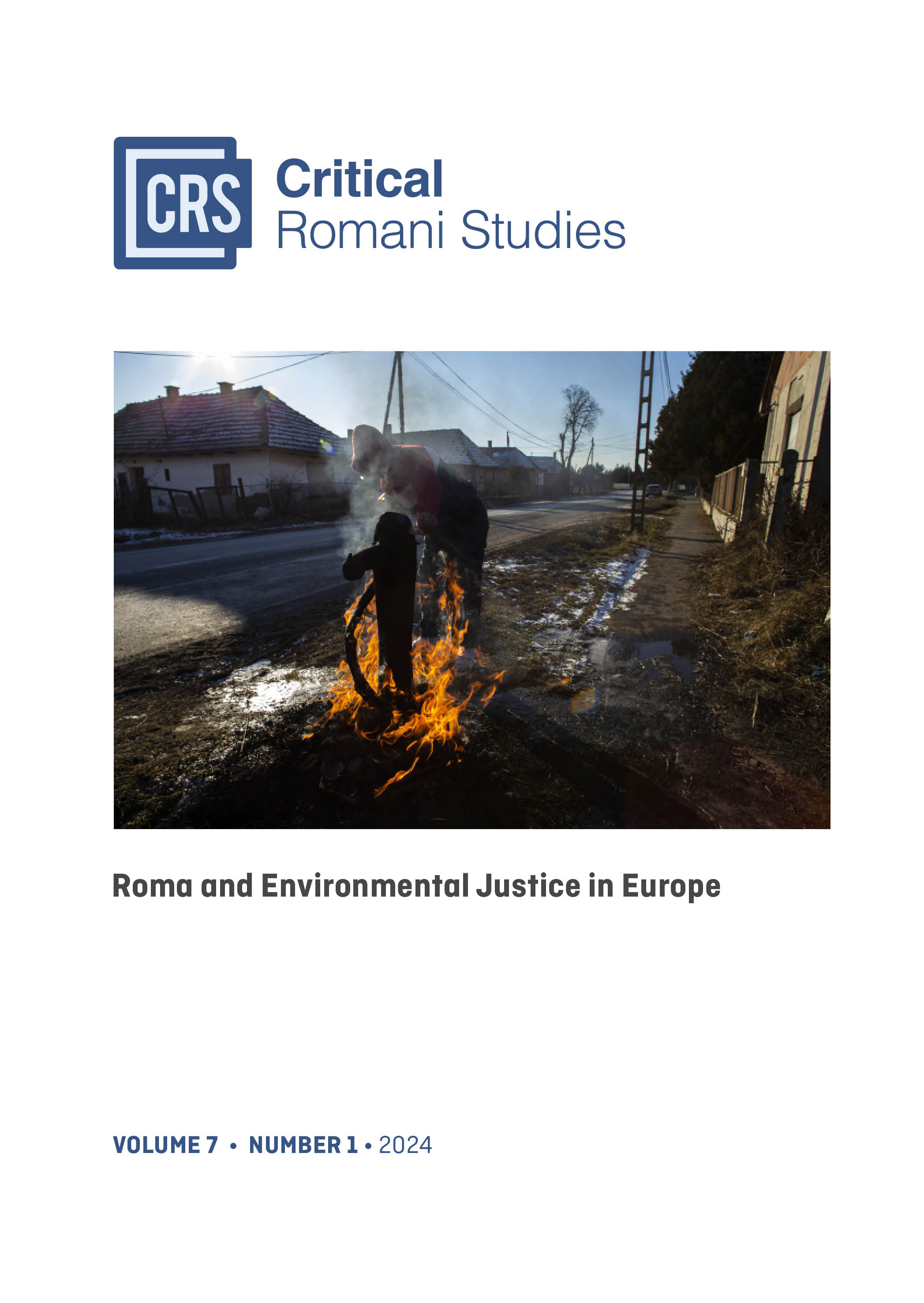A Quest for Environmental Justice for Roma in Thessaloniki: The Case of the Tsairia Settlement
Main Article Content
Article Sidebar
Published
Apr 29, 2025
Georgios Tsiakalos
Abstract
This article explores the complex relationship between environmental justice and antigypsyism, taking the Tsairia Romani settlement in Thessaloniki as its case. The author, a human rights lawyer, has represented the residents of Tsairia in their efforts to protect themselves from forced evictions, shedding light on the challenges faced by the Romani community due to their marginalised status rooted in antigypsyism. The Tsairia case is examined in detail, highlighting issues like limited access to essential services, unregulated waste disposal, and the use of collective criminality to justify forced evictions. The Tsairia case illustrates how antigypsyism perpetuates environmental injustices by using alleged environmental crimes as justification for coerced relocations. This is a unique case-study that lies at the crossroads of where environmental injustices are perpetrated under the guise of environmental protection. Furthermore, it highlights instances of institutional antigypsyism, in which it is claimed that Roma will not be harmed by evictions because they are nomadic. The article underscores the role of community-based advocacy and legal efforts that enable some families to endure in Tsairia. In summary, the Tsairia case exemplifies the intersection of antigypsyism and environmental injustice, trapping residents in a cycle of exclusion, marginalization, and poverty. It emphasises the exploitation of anti-Romani rhetoric for political gain, worsening environmental injustices and undermining the principles of democracy.
How to Cite
Tsiakalos, G. (2025). A Quest for Environmental Justice for Roma in Thessaloniki: The Case of the Tsairia Settlement . Critical Romani Studies, 7(1), 180–193. https://doi.org/10.29098/crs.v7i1.179
Article Details
Keywords
Antigypsyism, Environmental justice, Evictions, Greece, Roma
Section
Arts and culture

This work is licensed under a Creative Commons Attribution-NonCommercial 4.0 International License.
Authors who publish with this journal agree to the following terms:
- Authors retain copyright and grant the journal right of first publication. The work is licensed under a Creative Commons Attribution-NonCommercial License that allows others to share the work with an acknowledgement of the work's authorship and initial publication in this journal.
- Authors are able to enter into separate, additional contractual arrangements for the non-exclusive distribution of the journal's published version of the work (e.g., post it to an institutional repository or publish it in a book), with an acknowledgement of its initial publication in this journal.

